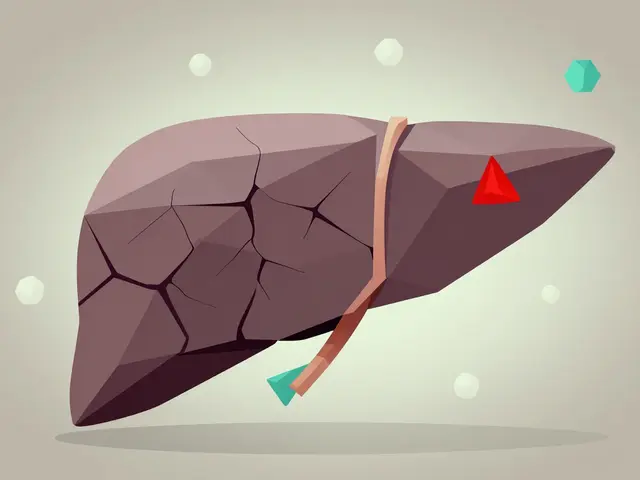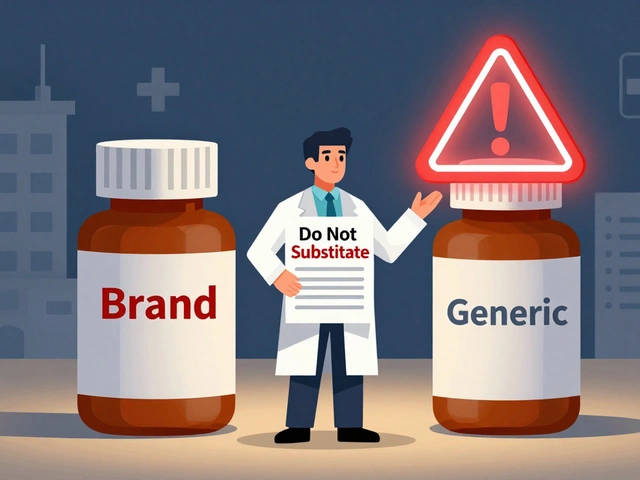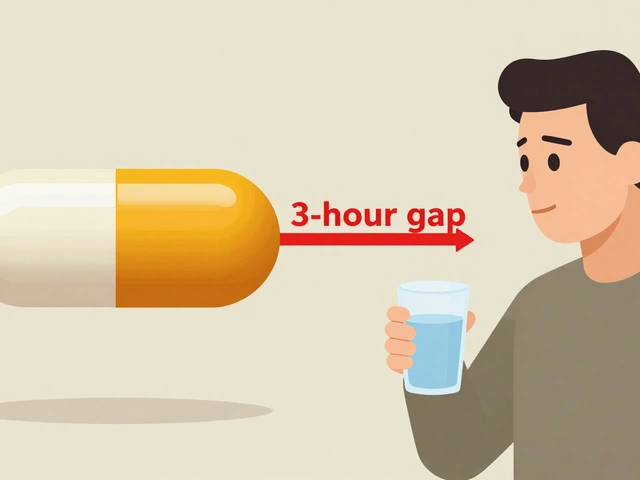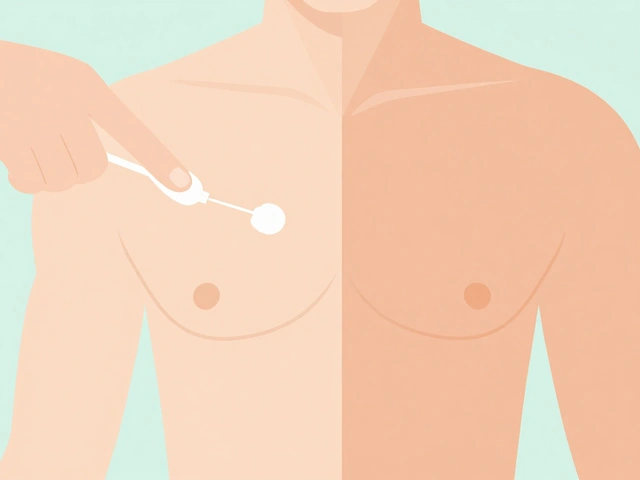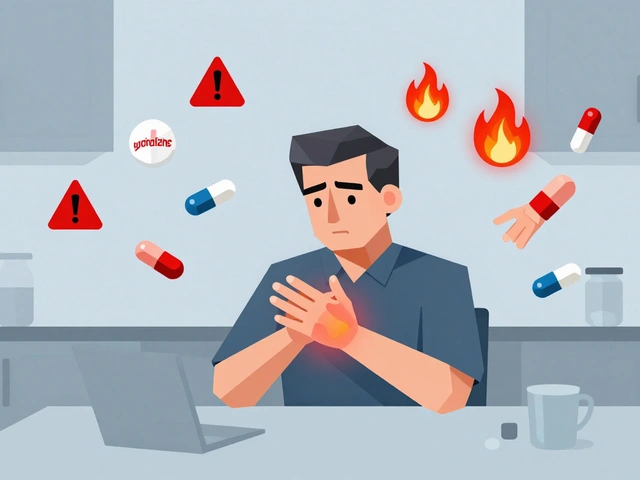Amoxil: What It Is, How It Works, and What to Expect
When working with Amoxil, a brand name for the penicillin‑type antibiotic used to treat a range of infections. Also known as amoxicillin, it targets bacteria by stopping cell‑wall formation, you’re dealing with a medication that belongs to the broader class of Antibiotic, drugs designed to kill or inhibit bacteria. The primary job of Amoxil is to fight Bacterial infection, conditions like sinusitis, ear infections, pneumonia, and urinary tract infections. Because it contains Amoxicillin, the active ingredient that gives Amoxil its power, it follows the same dosing rules and side‑effect profile you’ll see across generic versions. Using Amoxil requires a Prescription, a doctor’s order that ensures the right drug, dose, and duration for your specific infection, and the medication should always be taken exactly as directed to avoid resistance and relapse.
Key Factors That Influence Amoxil’s Effectiveness
First, the dosage matters a lot – typical adult courses run from 250 mg to 875 mg three times daily, adjusted for kidney function and infection severity. Shorter courses may work for mild cases, but stopping early can let bacteria survive and develop resistance, a growing public‑health concern. Second, timing with meals can affect absorption; taking Amoxil with food often reduces stomach upset but may slightly lower blood levels, so follow your clinician’s advice. Third, drug interactions are common – antacids, oral contraceptives, and certain blood thinners can change how Amoxil works, so always list every medication you’re on. Finally, patient factors such as allergies (especially to penicillin) and existing liver or kidney disease shape the safety profile. Side effects range from mild nausea and diarrhea to rare allergic reactions like rash, swelling, or anaphylaxis; any sign of severe reaction should trigger immediate medical attention.
The articles linked below dive deep into health scenarios where Amoxil’s role can intersect with broader issues – from stress‑related clotting risks that may affect infection healing, to environmental toxins that can compromise immune response, and even how common conditions like depression or sleep disturbances can influence recovery while on antibiotics. Whether you’re looking for practical tips on managing side effects, comparing Amoxil with other antibiotics, or understanding how it fits into a larger treatment plan, the collection ahead offers concise, evidence‑based insights you can apply right away. Scroll down to explore the full range of topics and get the answers you need.
Compare Amoxil (amoxicillin) with popular antibiotic alternatives. Learn differences in spectrum, dosage, side effects, resistance risk, and cost to pick the right treatment.
Continue reading...


